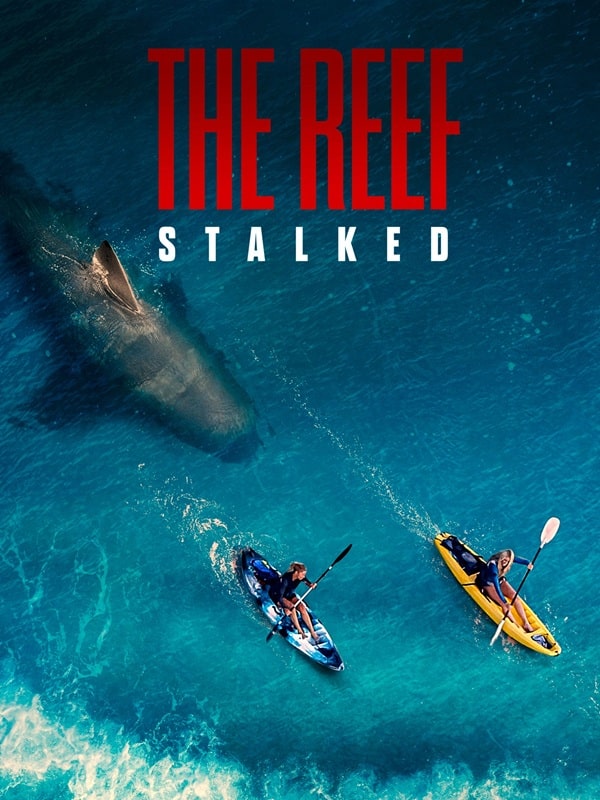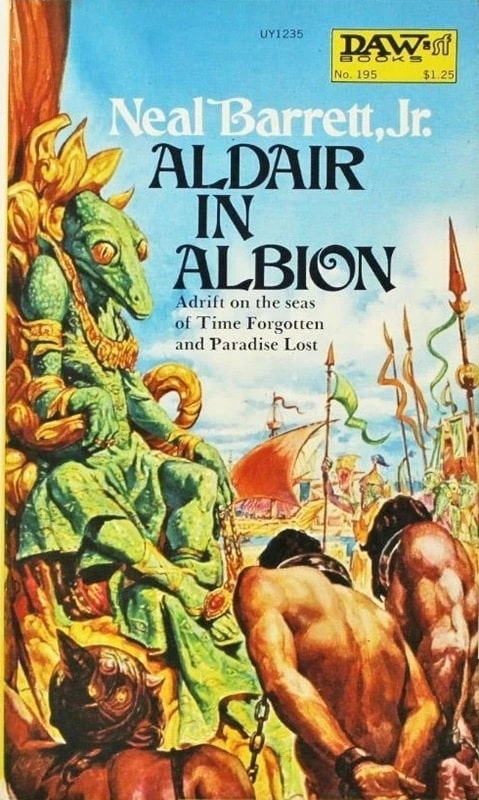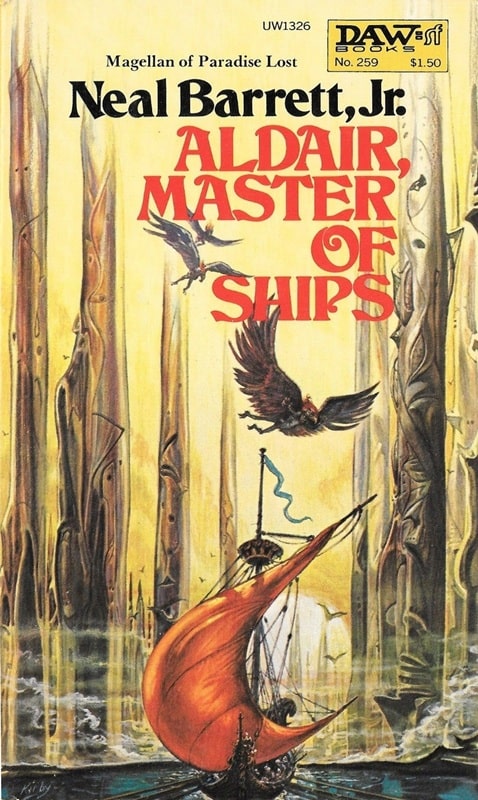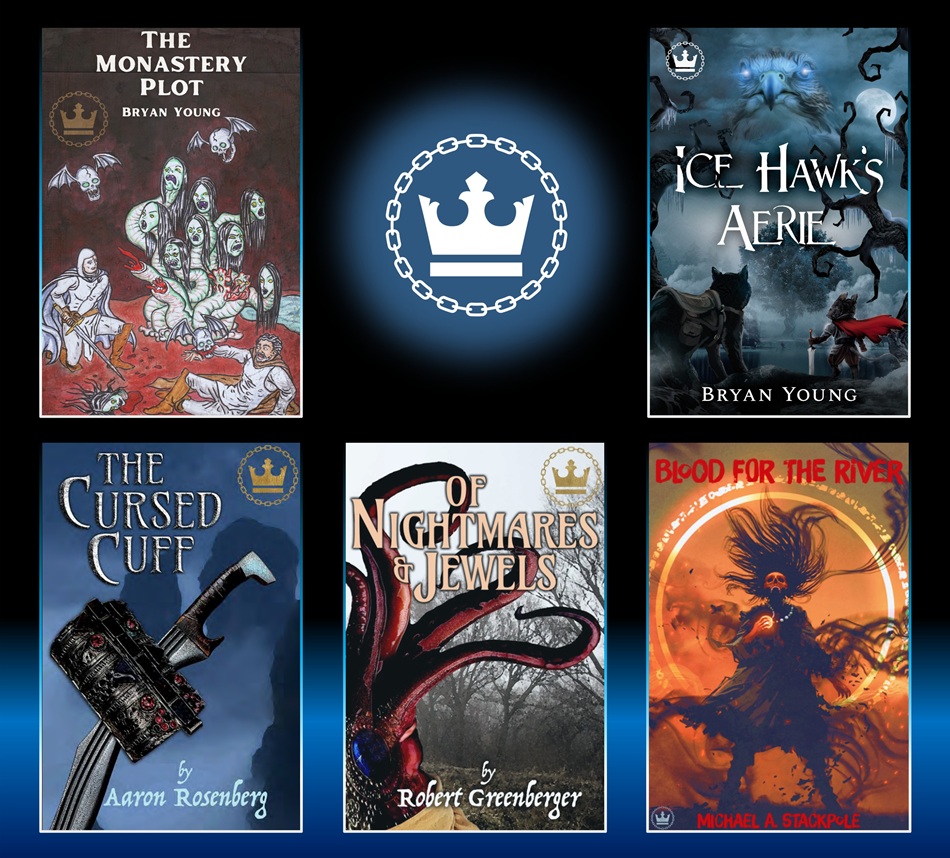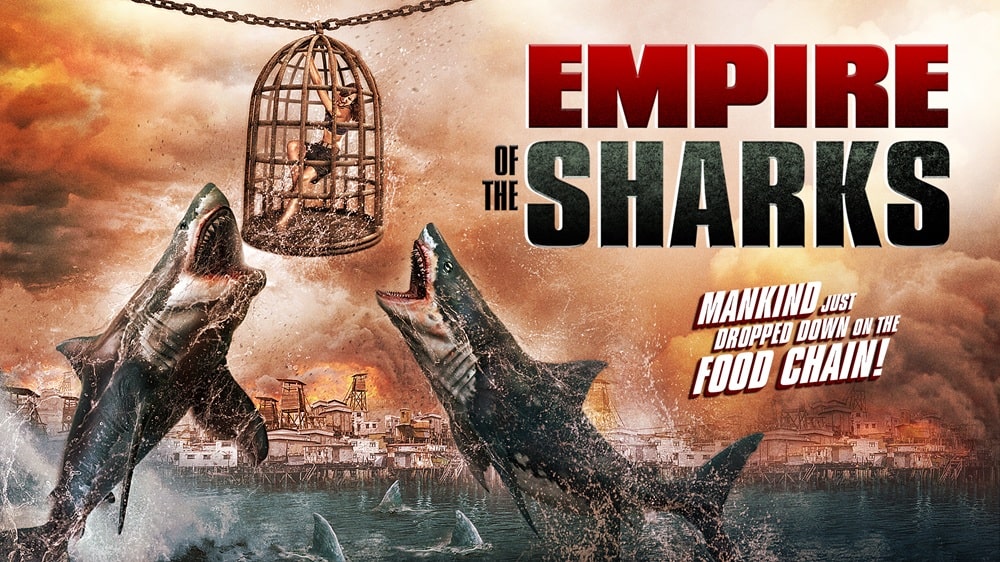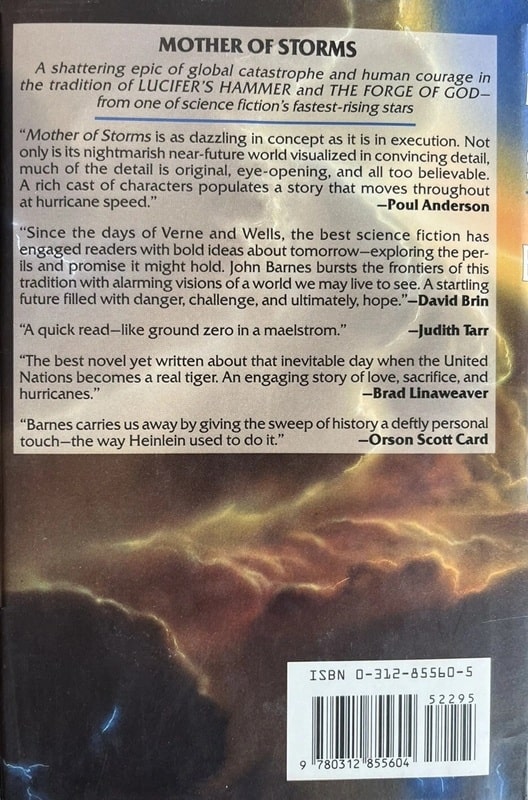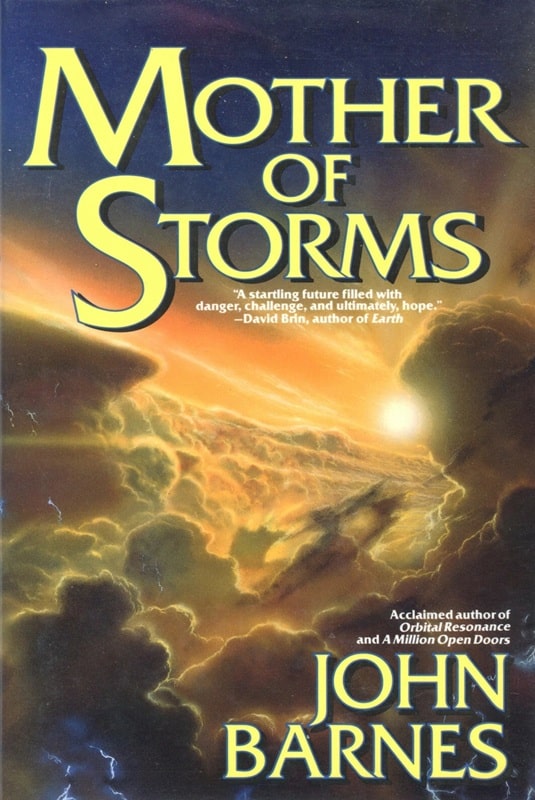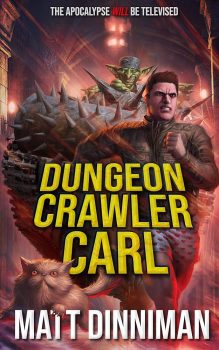 I continue to listen to audiobooks throughout my day, as evidenced by two What I’ve Been Listening To entries this month. With writing, gaming, and working daily (boooooo), actually sitting down and reading a book doesn’t happen like it used to. But I have been on a bit of an actual reading kick lately. And since I’ve recently told you what I’ve been listening to, watching, and playing, you might as well know what I’ve been reading, as well!
I continue to listen to audiobooks throughout my day, as evidenced by two What I’ve Been Listening To entries this month. With writing, gaming, and working daily (boooooo), actually sitting down and reading a book doesn’t happen like it used to. But I have been on a bit of an actual reading kick lately. And since I’ve recently told you what I’ve been listening to, watching, and playing, you might as well know what I’ve been reading, as well!
Kindle Unlimited remains a useful subscription, and I’ve been digging into some things on my Fire Tablet. I had a Nook for years, before switching over to a Fire (I didn’t really consider switching to a Kindle – that’s less versatile). After all these years, I still like owning a physical copy of a book: Fills out the shelves. But for digital, borrowing them with KU, or my library app, works totally fine.
So, let’s look at mix of print and digital books which I’ve been reading lately.
DUNGEON CRAWLER CARL – Matt Dinniman
I have looked down my nose at LitRPG since I heard about it a few years ago. I didn’t really understand what it was, but that didn’t stop me from having a condescending attitude towards it as some kind of cheap fantasy.
Having recently jumped yet again back into the amazing Hitchhiker’s Guide to the Galaxy world, I was in something of a humor mood. I was going to re-read Johny Nexus’ Game Night (see below). Somehow my (ir)rational thought processes convinced me to check out a LitRPG book. I did a little quick research, and Dungeon Crawler Carl (DCC) seemed to be about the most popular book in the entire genre. So, I borrowed it with Kindle Unlimited and read it.
…
Read More Read More
